Fardin Ghorbani
Deep Learning Framework for the Design of Orbital Angular Momentum Generators Enabled by Leaky-wave Holograms
Apr 25, 2023



Abstract:In this paper, we present a novel approach for the design of leaky-wave holographic antennas that generates OAM-carrying electromagnetic waves by combining Flat Optics (FO) and machine learning (ML) techniques. To improve the performance of our system, we use a machine learning technique to discover a mathematical function that can effectively control the entire radiation pattern, i.e., decrease the side lobe level (SLL) while simultaneously increasing the central null depth of the radiation pattern. Precise tuning of the parameters of the impedance equation based on holographic theory is necessary to achieve optimal results in a variety of scenarios. In this research, we applied machine learning to determine the approximate values of the parameters. We can determine the optimal values for each parameter, resulting in the desired radiation pattern, using a total of 77,000 generated datasets. Furthermore, the use of ML not only saves time, but also yields more precise and accurate results than manual parameter tuning and conventional optimization methods.
Simultaneous estimation of wall and object parameters in TWR using deep neural network
Oct 30, 2021

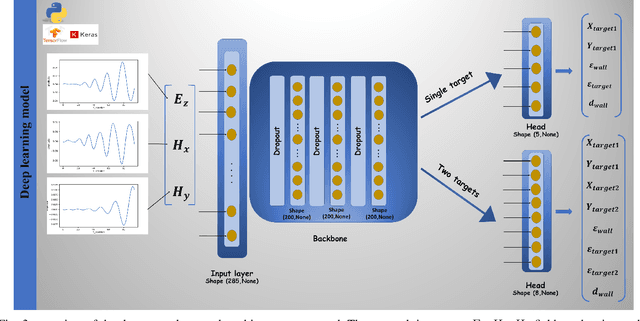
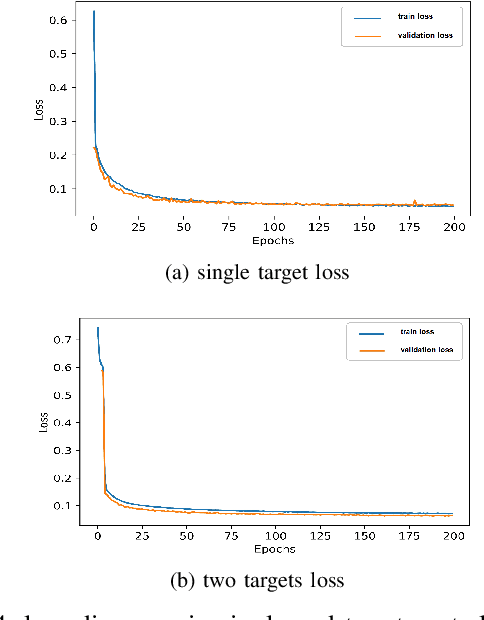
Abstract:This paper presents a deep learning model for simultaneously estimating target and wall parameters in Through-the-Wall Radar. In this work, we consider two modes: single-target and two-targets. In both cases, we consider the permittivity and thickness for the wall, as well as the two-dimensional coordinates of the target's center and permittivity. This means that in the case of a single target, we estimate five values, whereas, in the case of two targets, we estimate eight values simultaneously, each of which represents the mentioned parameters. We discovered that when using deep neural networks to solve the target locating problem, giving the model more parameters of the problem increases the location accuracy. As a result, we included two wall parameters in the problem and discovered that the accuracy of target locating improves while the wall parameters are estimated. We were able to estimate the parameters of wall permittivity and thickness, as well as two-dimensional coordinates and permittivity of targets in single-target and two-target modes with 99\% accuracy by using a deep neural network model.
A deep learning approach for inverse design of the metasurface for dual-polarized waves
May 12, 2021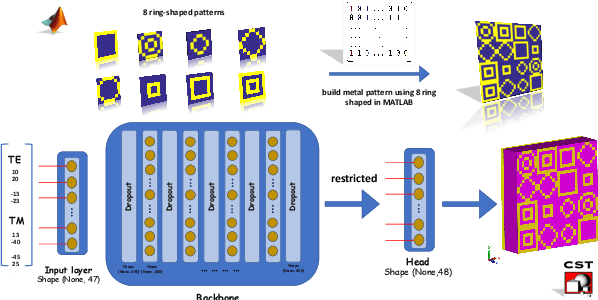
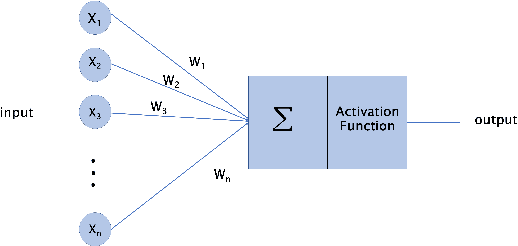
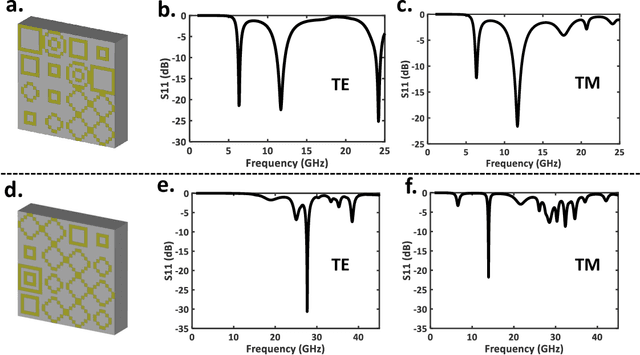
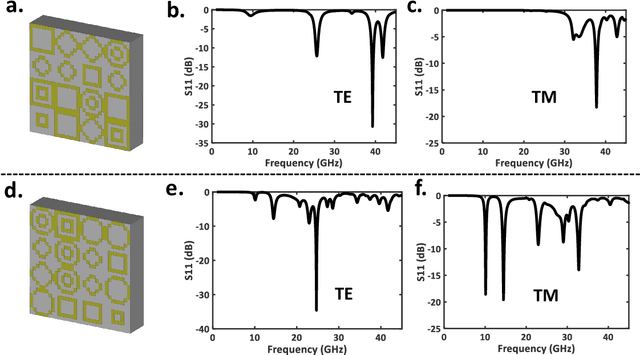
Abstract:Compared to the conventional metasurface design, machine learning-based methods have recently created an inspiring platform for an inverse realization of the metasurfaces. Here, we have used the Deep Neural Network (DNN) for the generation of desired output unit cell structures in an ultra-wide working frequency band for both TE and TM polarized waves. To automatically generate metasurfaces in a wide range of working frequencies from 4 to 45 GHz, we deliberately design an 8 ring-shaped pattern in such a way that the unit-cells generated in the dataset can produce single or multiple notches in the desired working frequency band. Compared to the general approach, whereby the final metasurface structure may be formed by any randomly distributed "0" and "1", we propose here a restricted output structure. By restricting the output, the number of calculations will be reduced and the learning speed will be increased. Moreover, we have shown that the accuracy of the network reaches 91\%. Obtaining the final unit cell directly without any time-consuming optimization algorithms for both TE and TM polarized waves, and high average accuracy, promises an effective strategy for the metasurface design; thus, the designer is required only to focus on the design goal.
Deep Learning Approach for Target Locating in Through-the-Wall Radar under Electromagnetic Complex Wall
Feb 16, 2021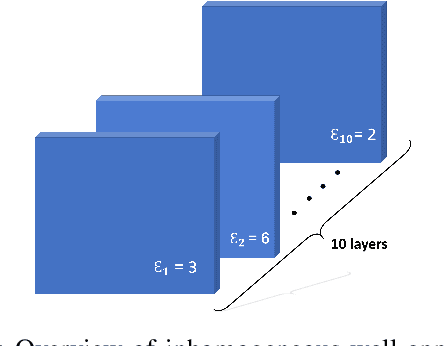
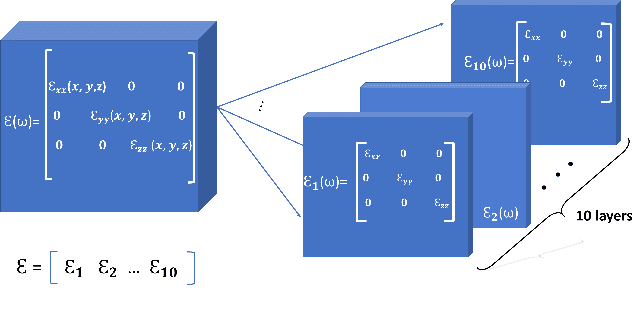
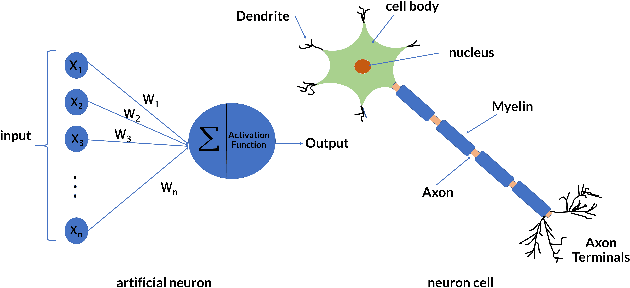
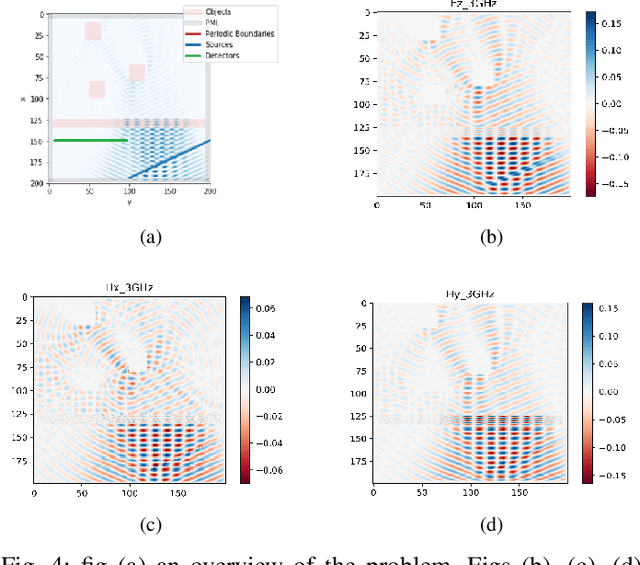
Abstract:In this paper, we used the deep learning approach to perform two-dimensional, multi-target locating in Throughthe-Wall Radar under conditions where the wall is modeled as a complex electromagnetic media. We have assumed 5 models for the wall and 3 modes for the number of targets. The target modes are single, double and triple. The wall scenarios are homogeneous wall, wall with airgap, inhomogeneous wall, anisotropic wall and inhomogeneous-anisotropic wall. For this purpose, we have used the deep neural network algorithm. Using the Python FDTD library, we generated a dataset, and then modeled it with deep learning. Assuming the wall as a complex electromagnetic media, we achieved 97:7% accuracy for single-target 2D locating, and for two-targets, three-targets we achieved an accuracy of 94:1% and 62:2%, respectively.
Deep neural network-based automatic metasurface design with a wide frequency range
Jan 22, 2021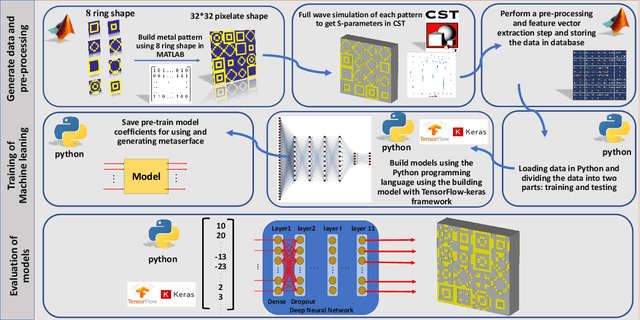
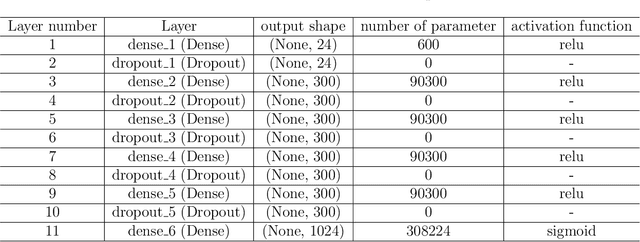
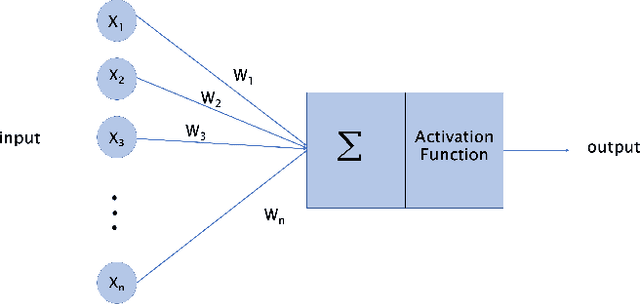

Abstract:Beyond the scope of conventional metasurface which necessitates plenty of computational resources and time, an inverse design approach using machine learning algorithms promises an effective way for metasurfaces design. In this paper, benefiting from Deep Neural Network (DNN), an inverse design procedure of a metasurface in an ultra-wide working frequency band is presented where the output unit cell structure can be directly computed by a specified design target. To reach the highest working frequency, for training the DNN, we consider 8 ring-shaped patterns to generate resonant notches at a wide range of working frequencies from 4 to 45 GHz. We propose two network architectures. In one architecture, we restricted the output of the DNN, so the network can only generate the metasurface structure from the input of 8 ring-shaped patterns. This approach drastically reduces the computational time, while keeping the network's accuracy above 91\%. We show that our model based on DNN can satisfactorily generate the output metasurface structure with an average accuracy of over 90\% in both network architectures. Determination of the metasurface structure directly without time-consuming optimization procedures, having an ultra-wide working frequency, and high average accuracy equip an inspiring platform for engineering projects without the need for complex electromagnetic theory.
EEGsig machine learning-based toolbox for End-to-End EEG signal processing
Oct 24, 2020



Abstract:In the quest to realize comprehensive EEG signal processing toolbox, in this paper, we demonstrate the first toolbox contain three states of EEG signal processing (preprocessing, feature extraction, classification) together. Our goal is to provide a comprehensive toolbox for EEG signal processing. Using MATLAB software, we have developed an open-source toolbox for end-to-end processing of the EEG signal. As we know, in many research work in the field of neuroscience and EEG signal processing, we first clear the signal and remove noise, artifact, etc. Which we know as preprocessing, and then extract the feature from the relevant signal, and finally Machine learning classifiers used to classification of signal. We have tried to provide all the above steps in the form of EEGsig as a graphical user interface(GUI) so that there is no need for programming for all the above steps and reduce the time to complete these projects to a desirable level.
 Add to Chrome
Add to Chrome Add to Firefox
Add to Firefox Add to Edge
Add to Edge